‘Life’ Magazine’s Earliest Women Photojournalists Step Into Spotlight
A new exhibition highlights images by Margaret Bourke-White, Marie Hansen, Martha Holmes, Lisa Larsen, Nina Leen and Hansel Mieth
:focal(348x374:349x375)/https://tf-cmsv2-smithsonianmag-media.s3.amazonaws.com/filer/05/bd/05bdfeab-a591-4970-8d84-1649c6f231a1/3_hansel_mieth_-_international_ladies_garment_workers_august_1_1938.jpg)
The debut cover of LIFE magazine is dominated by the monumental spillway of Montana’s Fort Peck Dam, then under construction and poised to become the world’s largest earth-filled dam. But the eye is drawn to two humans, dwarfed by their surroundings, standing at the bottom of the shot.
The cover image is typical of its creator’s work. Dedicated to revealing both the human side of stories and the settings in which they took place—including such far-flung locales as the Soviet Union, Korea, India and North Africa—Margaret Bourke-White quickly emerged as one of LIFE’s most talented photographers after editor Henry Luce’s photography-centric weekly launched in November 1936. But today, she and the other pioneering female photojournalists who worked for LIFE during the 1930s and onto the 1970s remain little known, their iconic snapshots rendered more recognizable than their own names and histories.
LIFE: Six Women Photographers, a new exhibition on view at the New-York Historical Society Museum & Library, aims to correct this imbalance, presenting more than 70 images taken by six early photojournalists: Marie Hansen, Martha Holmes, Lisa Larsen, Nina Leen, Hansel Mieth and Bourke-White.
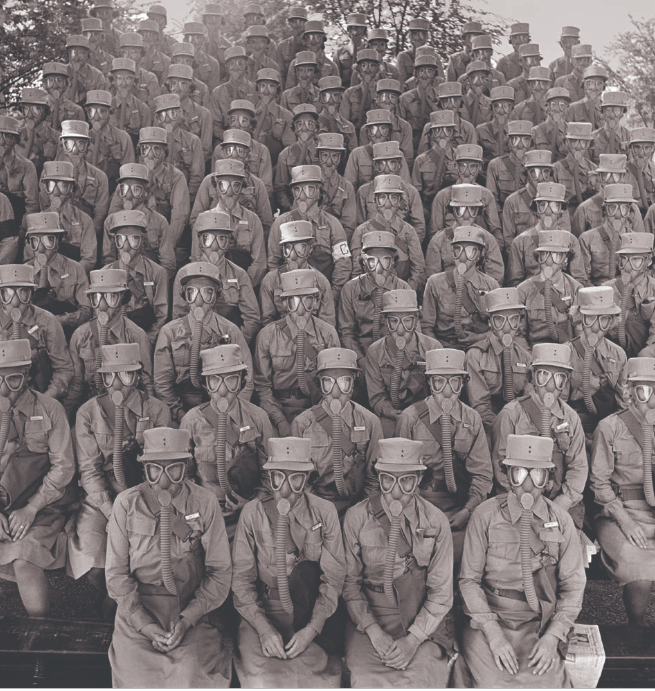
“Many of these women are not known, they’re not even in photography history books,” co-curator Marilyn Kushner tells the Guardian’s Nadja Sayej. “These women have not gotten their due, and this is just the tip of the iceberg.”
According to Kushner, fewer than 10 women served on LIFE’s photography staff during the time period covered by the show. (As a 2015 study found, this gender imbalance persists today, with 85 percent of 1,556 photojournalists surveyed identifying as men.) Despite their small numbers, they covered a vast array of subjects, from Hollywood’s elite to the Women’s Army Auxiliary Corps (WAAC) formed at the height of World War II, the House Un-American Activities Committee hearings, and rampant homelessness in San Francisco and Sacramento.
As Louise Mirrer, president and CEO of the New-York Historical Society, explains in a press release, “These pioneering women photographers captured events international and domestic, wide-ranging and intimate, serious and playful. At the forefront of history, [they] enabled the public ‘to see life; to see the world; to eyewitness great events,’ as LIFE founder and editor-in-chief, Henry Luce, described it.”
In addition to photographing the cover of LIFE’s first issue, Bourke-White became the first Western photographer accredited to enter the Soviet Union and the first female photographer to cover active World War II combat zones. Hansen, a Missouri native who joined LIFE in 1942, meanwhile, publicized women’s contributions to the war effort by producing a photo essay on WAAC recruits training for deployment. One image in particular, depicting a room full of gas mask-wearing trainees, is among those most widely associated with the initiative.
Three of the women featured in the exhibition—Larsen, Leen and Mieth—were born in Europe but moved to the U.S. at some point during the 1930s. Larsen, a German Jew who fled her home country after Kristallnacht, documented Yugoslavian President Josip Broz’s 1956 visit to the Soviet Union, capturing crowd shots of the hordes who flocked to the Kremlin while also managing to snap intimate portraits of the men and women who were likely in attendance under duress.
Mieth, another German-born photographer, arrived in America in the midst of the Great Depression; her “socially engaged” photo essays, in the words of the New-York Historical Society, generated sympathy for organized labor and exposed the harsh conditions prevalent across the nation. During the war, she photographed Japanese Americans incarcerated at Heart Mountain in Wyoming, and in the aftermath of the conflict, she returned to Germany to document the “psychological effects and physical damage” inflicted on her home country.
Leen, a Russian native who emigrated to New York in 1939, focused mainly on American domesticity. Her “American Woman’s Dilemma” series envisioned women as “empowered protagonists,” Timeline’s Rian Dundon writes, “emphasizing the distinct traits and desires of American teens, mothers, and busy professionals navigating the optimism and possibilities of a booming economy.” But domestic life wasn’t Leen’s only interest: Google Arts & Culture details that she was also a prolific animal photographer, often taking snapshots of her dog Lucky, and was additionally a talented group portraitist. Her photo of the so-called “Irascibles,” a group of Abstract Expressionists including Jackson Pollock, Willem de Kooning and Mark Rothko, aptly captured the tension existing between these avant-garde artists’ desire for career success and their disdain for the establishment.
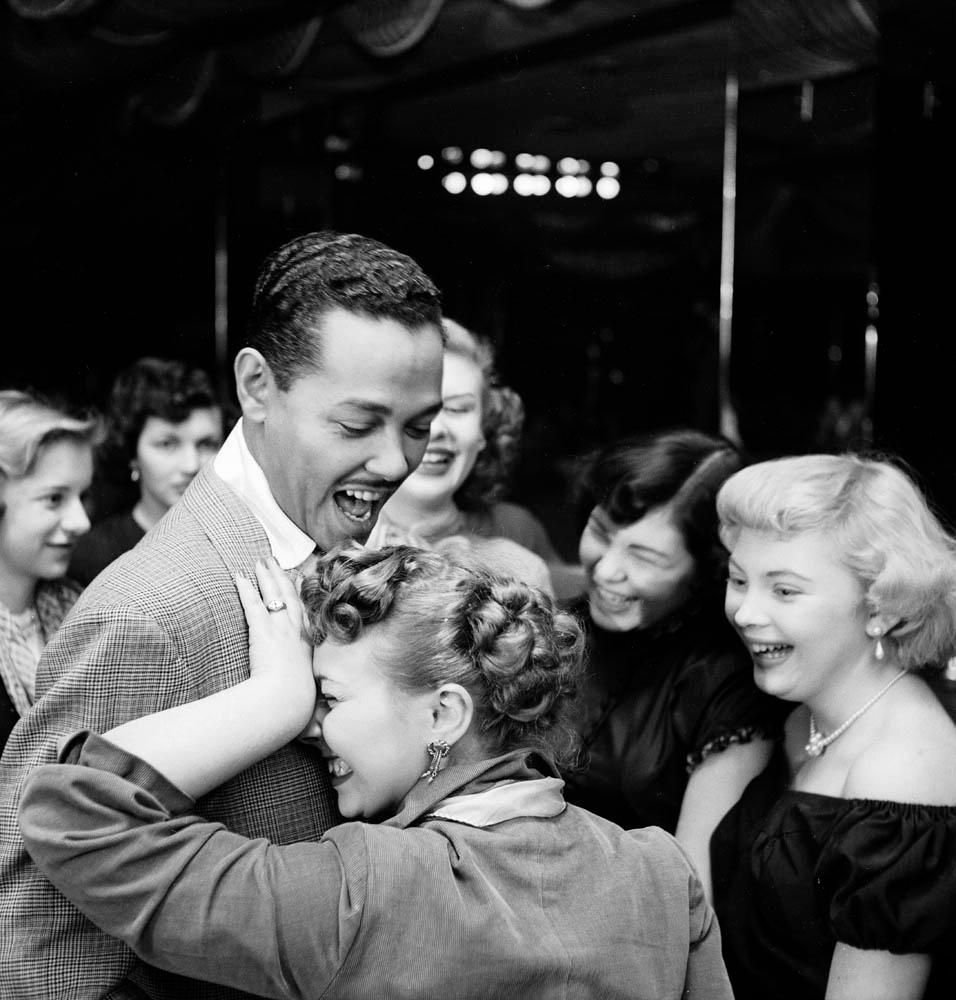
Holmes, the final journalist spotlighted in the exhibition, photographed celebrities including Pollock, Humphrey Bogart, Lauren Bacall, Judy Garland, Eleanor Roosevelt, Salvador Dali and Joan Fontaine. But she is perhaps best known for her 1950 snapshot of a white woman embracing mixed-race singer Billy Eckstine.
“When that photo was taken, they weren’t sure if they should put it into the issue—a white woman embracing a black man,” Kushner tells the Guardian’s Sayej. “But Luce put it in there because he said: ‘This is what the future is going to be. Run it.’”
At the time, the photograph attracted widespread condemnation, and Eckstine’s career was permanently damaged by the fallout. Still, Bobbi Burrows, a longtime LIFE editor who spoke to The New York Times’ Dennis Hevesi upon Holmes’ death in 2006, said that the image remained the photographer’s favorite among the thousands she had taken throughout her career.
LIFE: Six Women Photographers is on view at the New-York Historical Society through October 6, 2019.
/https://tf-cmsv2-smithsonianmag-media.s3.amazonaws.com/accounts/headshot/mellon.png)
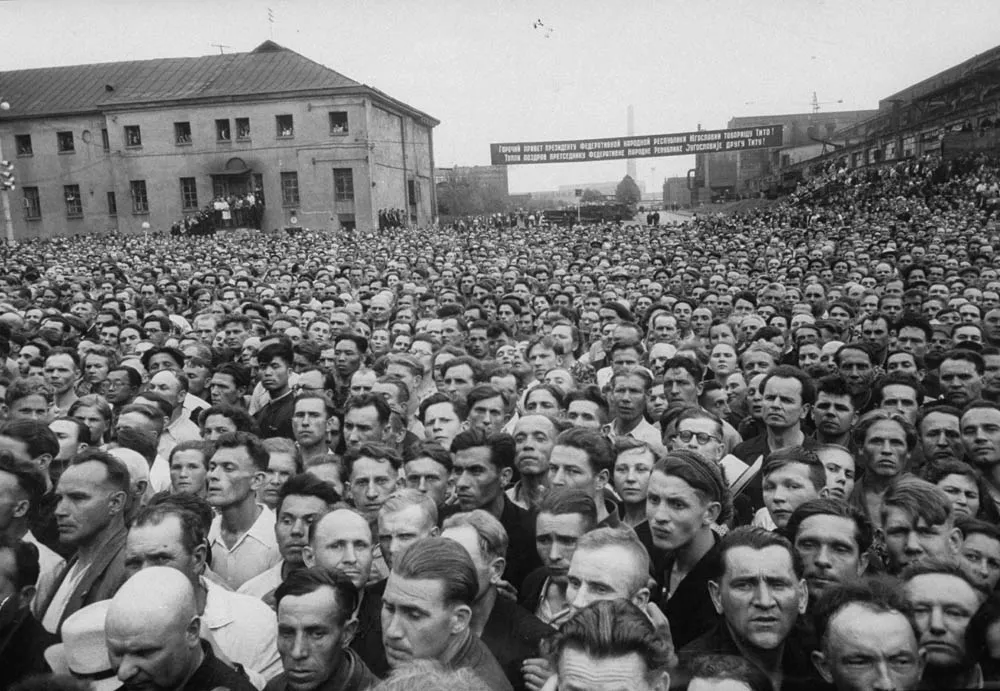
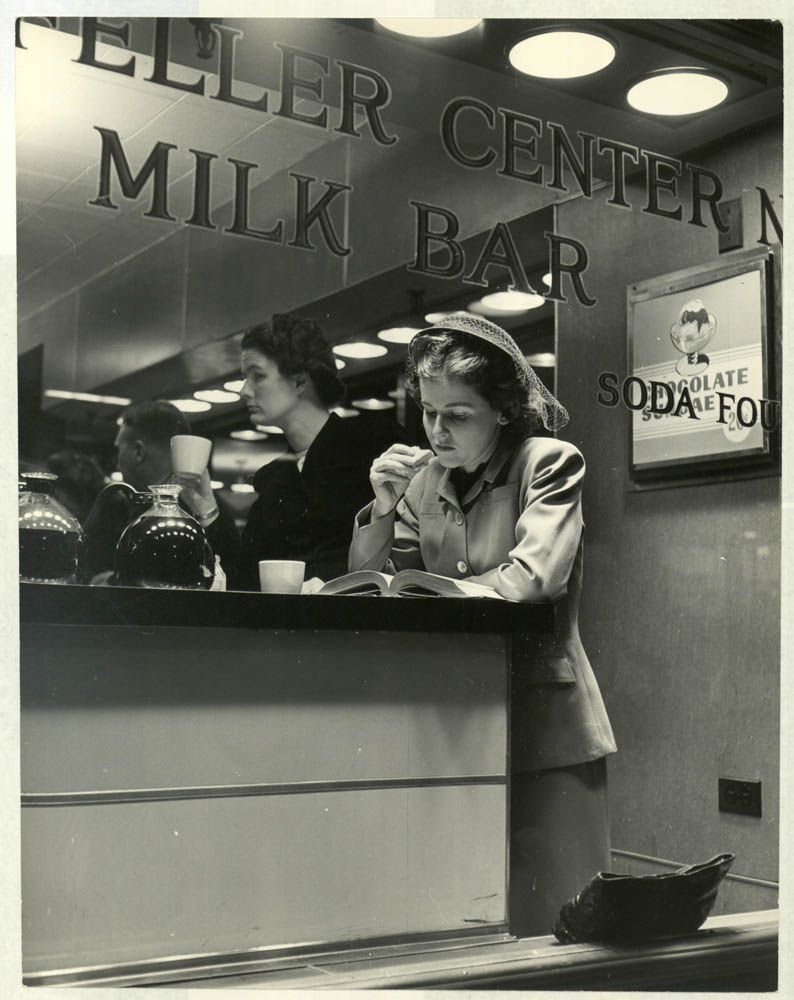
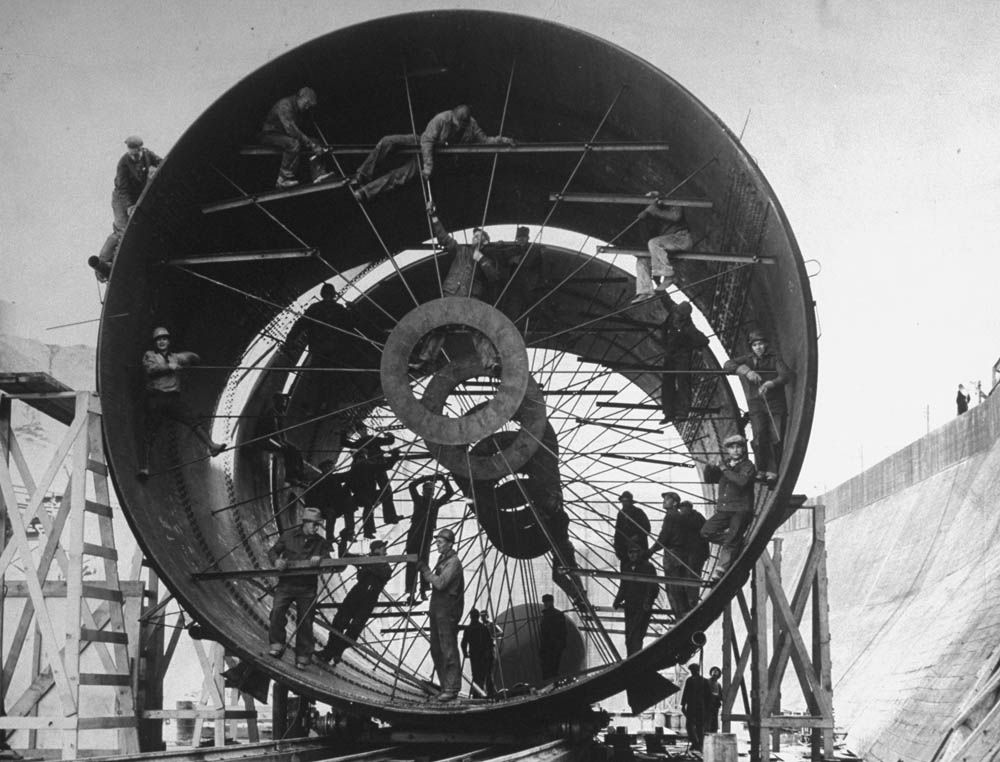
/https://tf-cmsv2-smithsonianmag-media.s3.amazonaws.com/accounts/headshot/mellon.png)